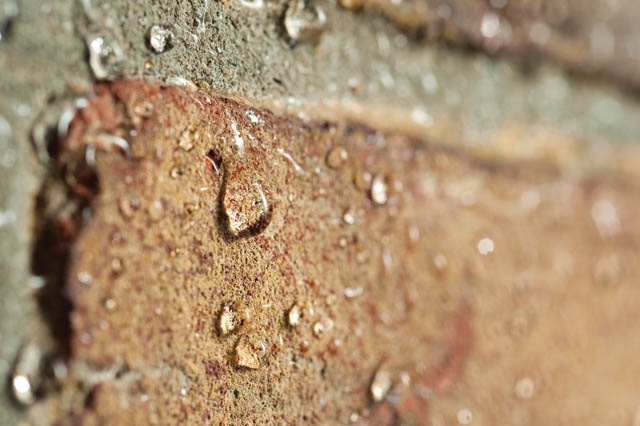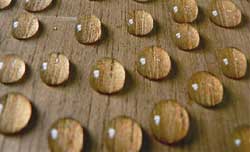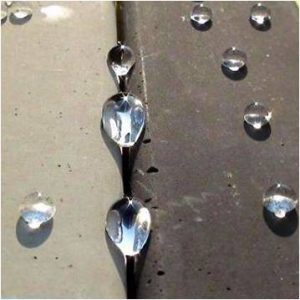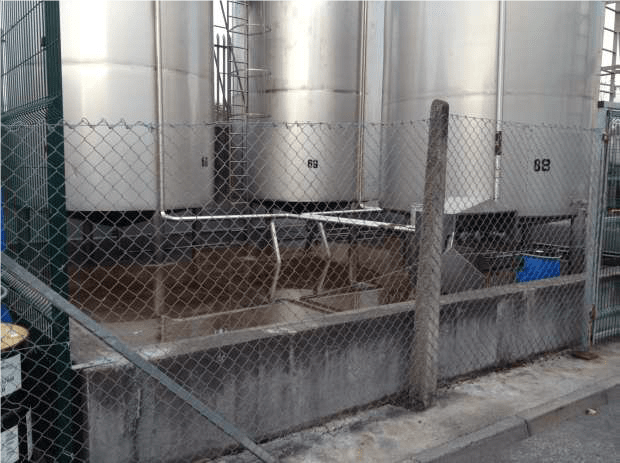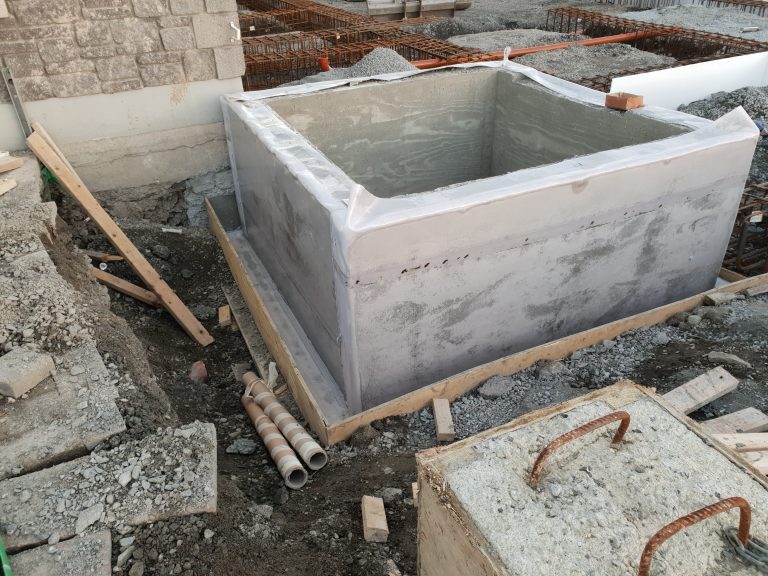There is an extensive choice of water repellents and sealers available on the market, all of which are claiming the same quality and protection. Both specifiers and end users have access to an overwhelming amount of information from a multitude of sources, that sometimes can be confusing, disorienting, and misleading. The purpose of this article is to provide you with a comprehensive yet concise overview of water repellent types, their advantages/disadvantages and their suitability for certain surfaces. We hope that this information will help you propose or use the best suited product that will protect your substrate from water penetration.
Water Repellent: Reason for Use, How It works, Types
Water presents the biggest hazard for any substrate whether it is concrete, natural stone, brick, timber, or clay. It creates harmful health risks and aesthetic issues with the growth of mould and mildew. Also, water leads to deterioration of the substrate itself (for example, rotting timber). In case with concrete, water also acts as a carrier for salts and chlorides that lead to steel reinforcement in concrete to be damaged resulting in concrete deterioration and cracking.
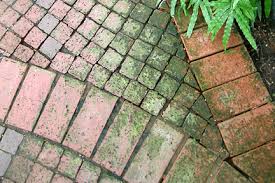
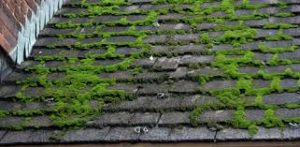
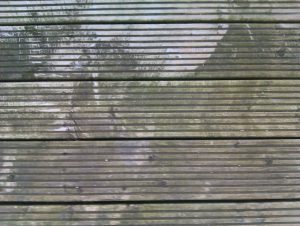
Water repellents are not pore blockers, they penetrate the substrate and line the pores repelling harmful water or moisture, whilst still allowing the substrate to breathe.
It is critical for the performance of water repellents that the substrate onto which they are to be applied is clean and dry.
There are several types of water repellents differentiated by its base material, form (liquid or cream) and application requirements. Most common are silicone and siloxane (or silane-siloxane) based repellents.
Silicone Base Water Repellents
Silicone based repellents, although having a shorter life expectancy (up to ten years) they may be applied to wider range of surfaces, although a small test area is always recommended.
- Permeability to gas and water vapor
- Resistance to ultraviolet light (UV)
- Durability and flexibility.
Silane-Siloxane Water Repellent
Silanes and siloxanes are both derived from the silicone family. Despite being very closely related, they have significant performance differences. Because silanes are made up of smaller molecules than siloxanes, they typically will obtain deeper penetration than siloxanes. As a result, silanes perform well under abrasion and weathering conditions. A consequence, however, of this small molecular size is that silanes are relatively volatile. Therefore, the solids content of a silane product should be high enough to compensate for the loss of reactive material through evaporation during application and cure.
Siloxanes, because they are less volatile, generally offer good water repellent performance at lower costs. However, for concrete surfaces subjected to abrasive wear, treatment with a silane-based repellent will provide longer lasting protection. Regarding surface texture and colour, treatment with silane-based repellents typically cannot be detected visually. Siloxane products may slightly darken the treated surface therefore a small test area is recommended.
Manufacturers have since realized that the disadvantages can be mitigated with a special blend of the two. While there are many poorly blended silane/siloxanes products on the market, there are some high-quality ones such as Stormdry Masonry Protection Cream (up to 30 years protection), which provided a unique blend of deeply penetrating surface protection.
SURFASOLOGY Water Repellents Range
We, at SURFASOLOGY, are known for providing a high performance and innovative range of damp-proofing solutions. Therefore, we offer a comprehensive choice of water repellents that will meet your most demanding requirements. Our water repellents are:
- One coat application (they are easy to apply and save your time)
- Non-darkening formula (there is no change to substrate colour)
- 100% breathable (does not block pores)
- Environmentally friendly and non-hazardous
- High performance & long lasting protection (deeply penetrating)
- Protection against penetrating damp
- Improved thermal resistance (by keeping it dry)
- Highly tested (CE marked and/or BBA Certified, independently tested)
Substrate Type |
Product Name |
| Concrete and other cement based materials | SurfaPore C, Stormdry, Aquapel |
| Natural stone | SurfaPore C, SurfaPore M |
| Limestone | SurfaPore C, Maxclear D |
| One Coat Renders | Maxclear D |
| Brick | Stormdry |
| Timber | SurfaPore W |
| Clay based materials | SurfaPore R |
Important: Correct Application!
Even though all our water repellents are highly tested and offer an extensive life expectancy, it is crucial that the application is done correctly.
We always recommend the surface to be cleaned and fully dried prior to the application. Please use an eco-friendly and non-damaging cleaning solution, like SURFASCLEAN Fungicidal Wash, to prepare the substrate.

